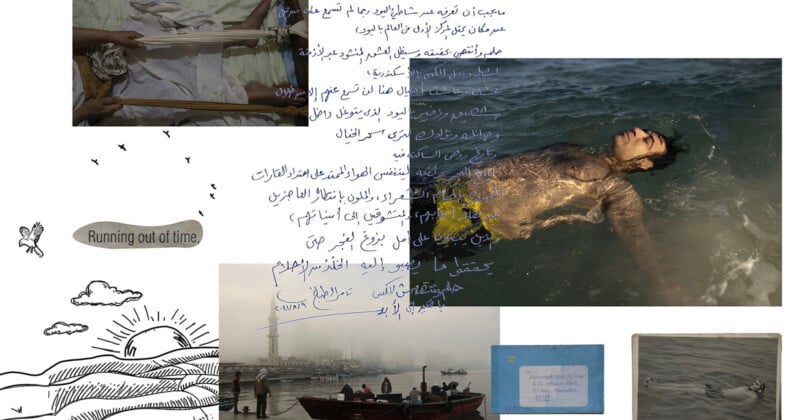
The World Press Photo contest has bowed to pressure from the photographer community. After initially announcing that AI-generated images would be allowed in the “Open Format” category of the competition, it has now walked back on that decision.
A blog post published on the World Press Photo (WPP) website announcing that generative AI will be permitted in the Open Format section — a category that encourages non-traditional, innovative techniques — sparked an angry backlash.
An open letter published on Medium signed by scores of photojournalists said the decision “undermines” them and also called out the WPP for “promoting” AI images on its Instagram feed.
“These images, which are in essence digital mashups drawing from existing photography, are often hard to distinguish from actual photographs, but are devoid of any connection to the real world,” so writes the letter.
“This connection to the real world, the world as it is, is at the core not only of photojournalistic practice, but of journalism in general.”
Last week, the WPP’s Instagram feed published a series of AI-generated images and asked if such an image “could win in the World Press Photo Contest?” The comment responses were overwhelmingly negative.
“You just made my WPP award feel like a worthless piece of metal,” wrote Pulitzer Prize-winning photographer Daniel Etter.
“This shows a complete lack of respect for the work we do, the risks we take, and the reasons why we do it.”
The WPP decided to listen to the outrage and on Monday announced that AI-generated images will be excluded from the Open Format category.
“Both generative fill and fully generated images will be prohibited in the Open Format category (as was already the case in the other categories: Singles, Stories, and Long-Term Projects),” says the update.
“This is in line with our long-standing values of accuracy and trustworthiness.”
In 2023’s World Press Photo contest, the Open Format category was won by Egyptian photographer Mohamed Mahdy who submitted a series of found photographs along with his own photographs which are presented in a collage fashion.
Updated Rules for Image Manipulation
The WPP also took the opportunity to update its rules for image manipulation of photos taken by a “lens-based camera.”
Denoising, object selection, and adjustments to levels, colors, and contrast are all okay. However, AI tools such as enlarging and sharpening images with programs like Adobe super-resolution and Topaz Photo AI are banned from the competition.
World Press Photo also teamed up with other photo organizations, such as Magnum, to clarify exactly what a photograph is in the age of AI. That can be read here.
